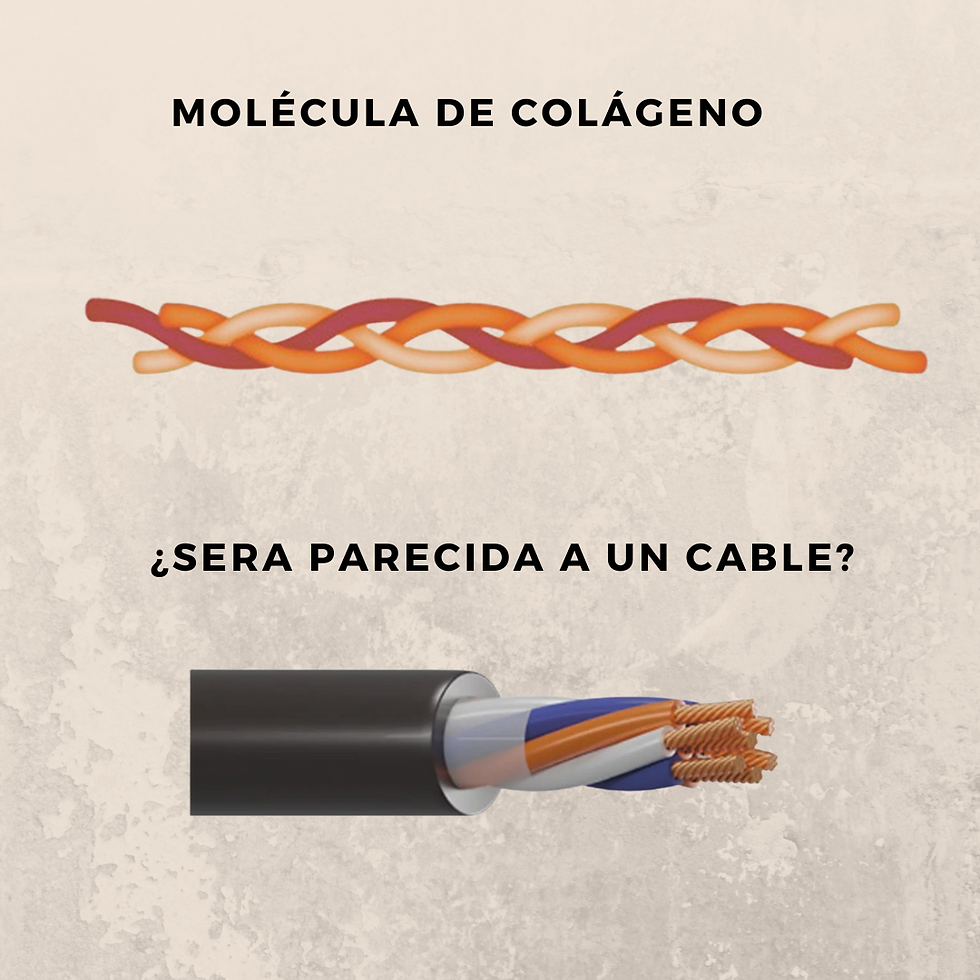Fascia and movement
- Eduardo Picasso

- Jul 3
- 1 min read
Generating electricity in your body

Fascia is a fibrous membrane that surrounds muscles, viscera, bones, veins, arteries, and nerves, protecting and interconnecting them.

It is composed mainly of collagen, a protein that has a very special quality: when you squeeze or stretch it, it generates electricity.


This phenomenon is described in physics and is called piezoelectricity (electricity under pressure), and it is not as unusual as it seems: it is the same principle that makes some watches or lighters work, where a quartz crystal generates a spark when it receives pressure.

When we walk, stretch, or perform manual therapies, the pressure generated on the bones and fascia produces tiny electrical charges. These charges act as messengers that inform cells how to adapt and regenerate.

We can imagine the fascia as a vast electrical circuit. Every movement or pressure applied generates a flow of energy that runs through this circuit, sending signals and modifying the physical state of the tissue.

THE FASCIA AS A "BIOLOGICAL CHIP"

Just as an electronic chip stores information in the form of electrical signals, fascia can maintain mechanical and electrical patterns that affect its long-term behavior.
Osteopathy applies precise mechanical stimuli to activate these natural electrical responses, facilitating self-regulation, tissue repair, and overall blood pressure balance.








Comments